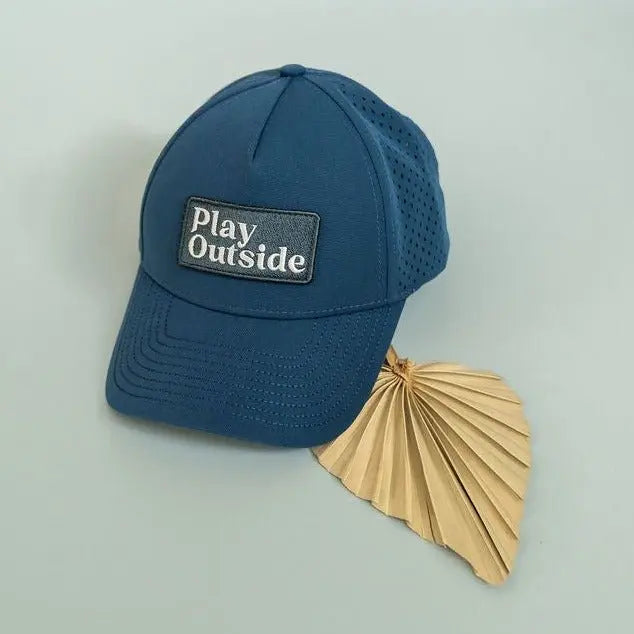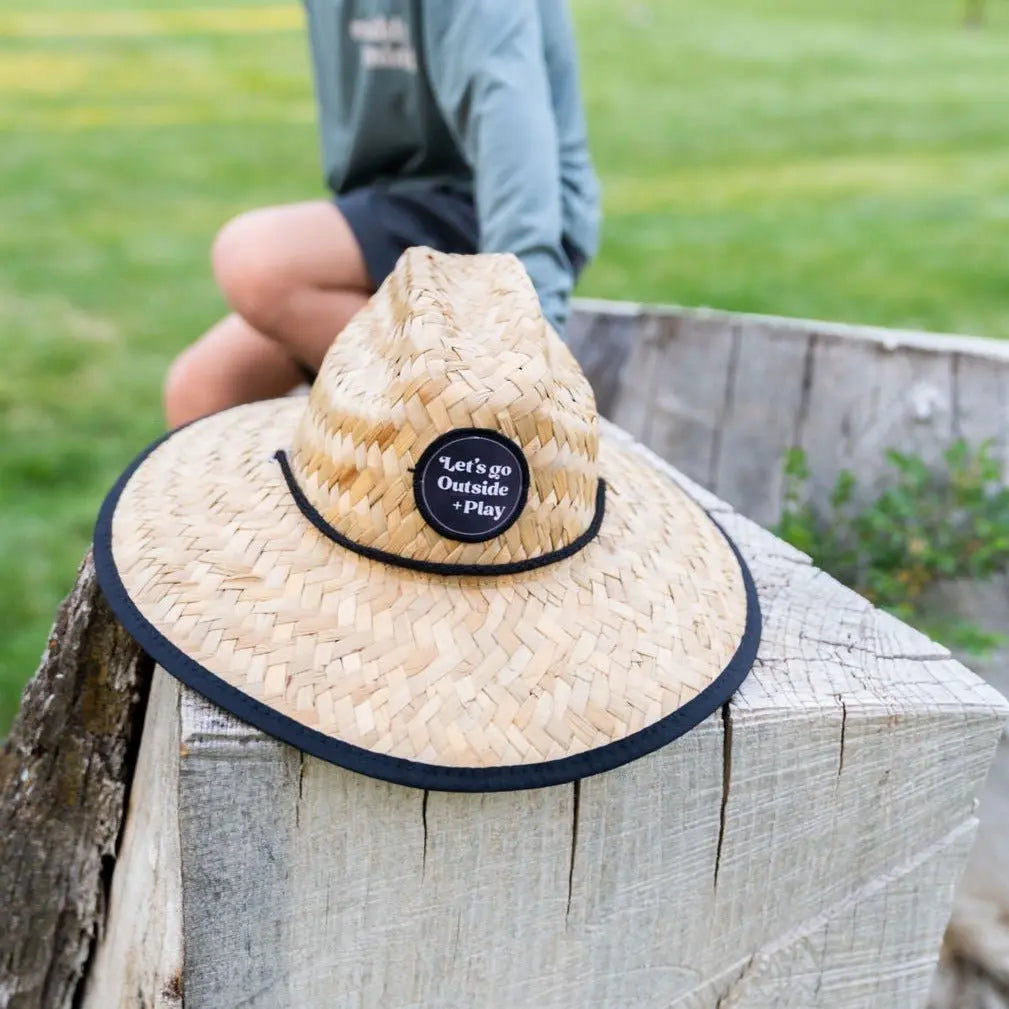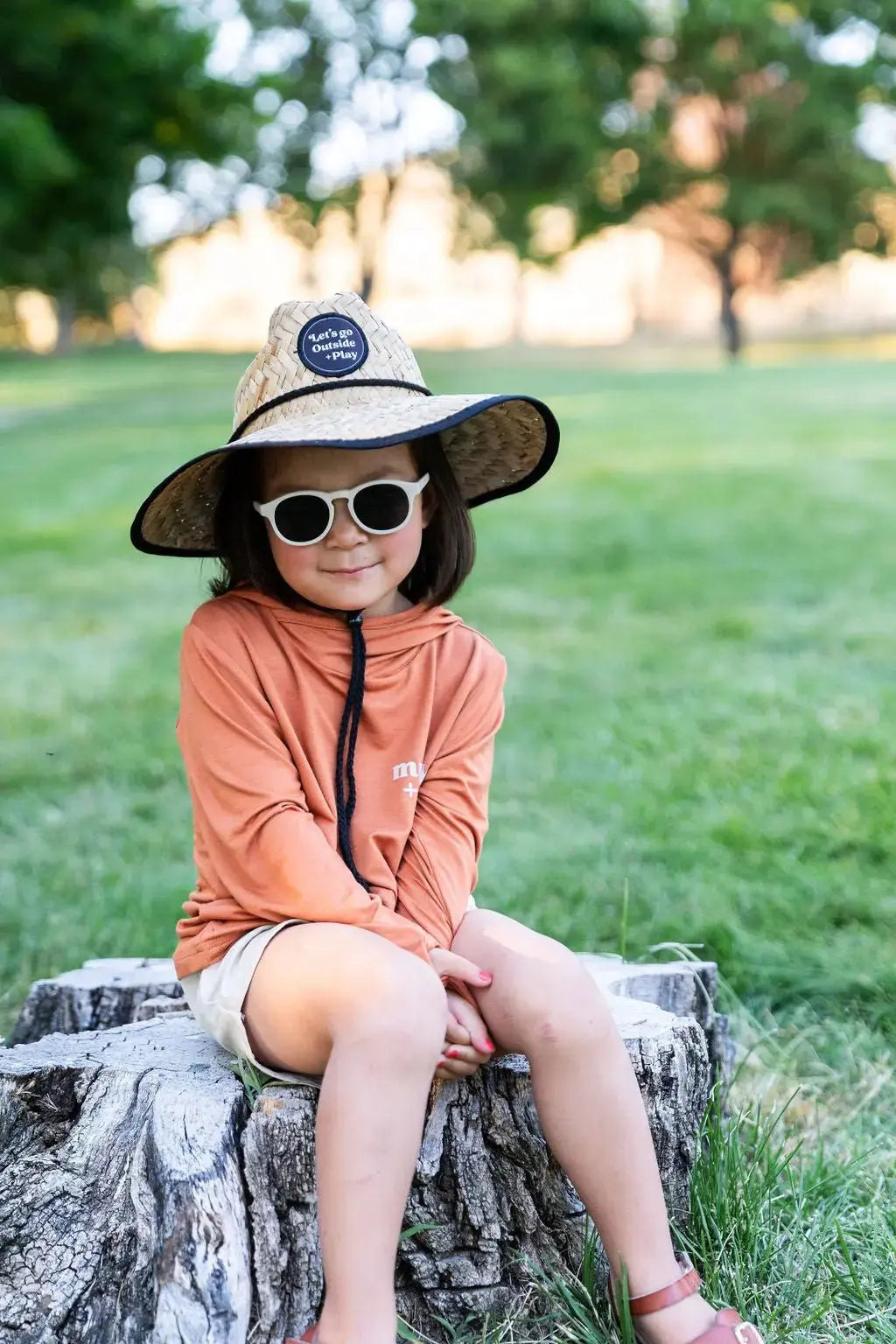Up to 30% off on ONE shirts and Rash guards when you get one for you and one for your little one to match. Automatically applies at checkout.

Backyard Nature Science Experiments for Curious Kids
Backyard Nature Science Experiments for Curious Kids
Encouraging kids to explore science in their own backyard is a fun and hands-on way to spark curiosity. With a few simple tools and a sense of adventure, you can turn your outdoor space into a natural laboratory. From bug tracking to DIY sundials, these STEM activities engage kids in learning about the world around them. Here are some easy backyard nature experiments to try with your little explorers!
1. Bug Tracking & Insect Observation
What You'll Need:
- Notebook or printable observation sheet
- Magnifying glass
- Small jars (for temporary observation)
- Smartphone or camera (optional for documenting findings)
How to Do It:
- Head outside and look under rocks, leaves, or logs to find different insects.
- Observe how they move, what they eat, and where they live.
- Record findings in a nature journal.
- Discuss the role of insects in the ecosystem, like pollination and decomposition.
2. Cloud Journaling & Weather Tracking
What You'll Need:
- Notebook
- Colored pencils
- Thermometer (optional)
How to Do It:
- Lay on the grass and observe cloud shapes and movement.
- Sketch different types of clouds and note weather conditions.
- Predict the weather based on cloud types (e.g., dark clouds mean rain may be coming).
- Keep a journal for a week to see how weather patterns change.
💡 Pro Tip: This is a great activity to introduce kids to meteorology and how clouds help predict weather changes.
3. DIY Sundial: Learning About the Sun’s Movement
What You'll Need:
- A stick (about 12 inches long)
- Chalk
- A sunny, open space
- A watch or clock
How to Do It:
- Place the stick upright in the ground where it will get full sunlight.
- Mark the shadow’s position every hour with a chalk.
- Observe how the shadow moves throughout the day.
- Discuss how ancient civilizations used sundials before modern clocks.
Check out National Geographic Kids’ science experiments for more hands-on learning activities.
4. Water Absorption Test: How Different Soils Hold Water
What You'll Need:
- Three jars
- Sand, clay, and garden soil
- Measuring cup
- Water
How to Do It:
- Fill each jar with a different type of soil.
- Pour the same amount of water into each jar and observe how fast it drains.
- Discuss which soil type is best for plant growth and why.
💡 Pro Tip: This activity teaches kids about soil composition and why different plants thrive in specific environments.
5. Leaf Chromatography: Unveiling Hidden Colors in Leaves
What You'll Need:
- Fresh leaves (variety of colors)
- Rubbing alcohol
- Coffee filters
- Jars
- Spoon
How to Do It:
- Tear leaves into small pieces and place them in a jar.
- Pour rubbing alcohol over them until just covered.
- Stir and let sit for at least an hour.
- Place a coffee filter strip in the jar, touching the liquid.
- Wait for the pigments to travel up the filter, revealing different colors.
💡 Pro Tip: This experiment shows how leaves have multiple pigments that help them photosynthesize.
Final Thoughts: Science Is Everywhere!
Encouraging kids to explore science through backyard nature experiments fosters curiosity, creativity, and a love for the outdoors. Whether they’re tracking bugs, predicting the weather, or making a sundial, these hands-on activities make learning fun and engaging. For more Free Resources on spending time outside with your kids go to our FREE Resources page.
For more outdoor STEM activities, check out our Play Outside blog.














